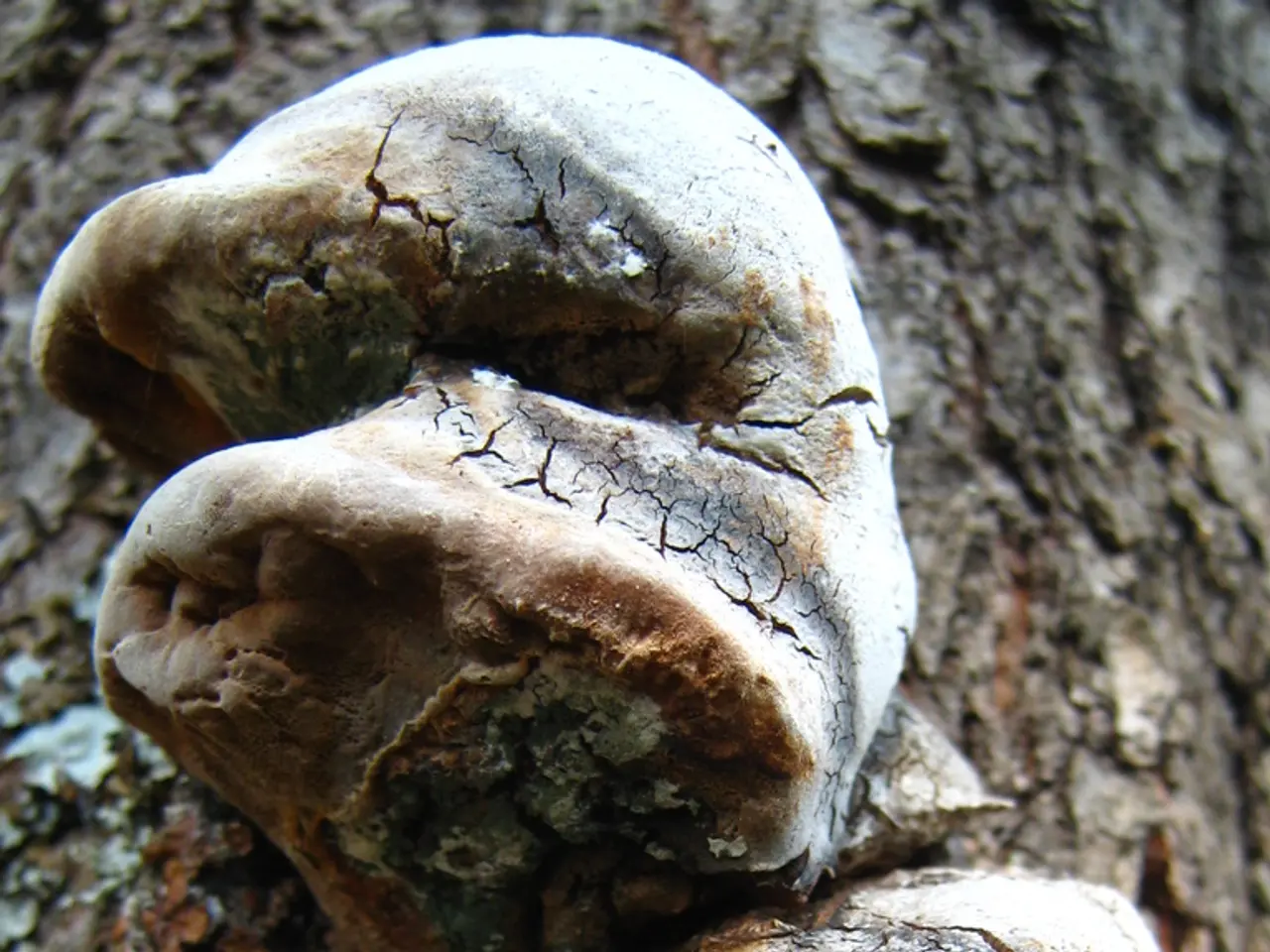"Eliminating Mold in Terrariums: Springtails are the Solution!" (Permanently)
Springtails: Nature's Cleaning Crew in Bioactive Terrariums
Springtails, tiny wingless creatures scientifically known as Collembolas, are gaining popularity as key components in bioactive terrariums. These fascinating creatures, found in various environments from woodland hills to icy caves, play a crucial role in maintaining a balanced and healthy ecosystem within these setups.
Springtails are often referred to as "omnivorous detritivores" due to their diverse diet that includes decaying organic matter, fungi, and bacteria. In the context of terrariums, they help control mold and fungi, effectively cleaning the environment and preventing mold outbreaks. Their feeding habits help break down mold and leftover food, promoting a balanced micro-ecosystem.
One of the unique features of springtails is their ability to "spring" into the air, thanks to a unique appendage. This trait allows them to move through the substrate, aerating it and enhancing air and water flow. This action supports microbial activity and improves plant root health.
Springtails are particularly beneficial in bioactive terrariums due to their role in breaking down organic material and replenishing nutrients in the soil. They are often paired with isopods in terrariums, as their complementary roles create a harmonious environment.
When it comes to choosing the right species for your terrarium, there's a wide variety to choose from. Over 9000 springtail species exist worldwide, making it possible to find species suitable for various terrarium types, including desert-style animal vivariums. Temperate White Springtails (Folsomia candida) are commonly sold due to their hardiness and minimal care requirements.
To introduce springtails to your terrarium, they can be added by inverting the container and tapping them out, or by washing them in with water. For added convenience, some springtails are shipped on calcium-bearing clay, making transfer easy as the clay is attached to the container.
In the early stages of a terrarium project, springtails may need a tiny bit of supplementation due to the lack of decaying organic matter. A light sprinkle of Superfood Powder is more than enough for this purpose. Once a colony is established, springtails require little care and should need little to no intervention.
In conclusion, springtails are an efficient and low-effort solution for mold management in terrariums. They act as nature's cleaning crew, consuming mold and organic waste, improving substrate quality, and supporting a stable and clean environment. With their ability to aerate the substrate, support microbial activity, and serve as a natural food source for small amphibians and reptiles, springtails are an invaluable addition to any bioactive terrarium setup.
[1] Bioactive Terrarium Setup: A Comprehensive Guide for Beginners [2] The Role of Springtails in Bioactive Terrariums [3] Springtails: The Unsung Heroes of Bioactive Terrariums
- Incorporating pet springtails into health-and-wellness lifestyles, bioactive terrarium setups serve as a fascinating blend of science and nature, fostering mental-health benefits and promoting emotional well-being.
- Skin-care enthusiasts may also find solace in the realm of terrarium-keeping, as the miniature ecosystem offers a unique outlet for relaxation and stress-reduction therapies-and-treatments.
- Springtails, as keys contributors in bioactive terrariums, help create a synergy with the animal inhabitants, improving their fitness-and-exercise routines and overall well-being, making pet ownership a more holistic lifestyle choice.
- The inclusion of springtails in a well-balanced diet can further exemplify a wholesome and nutritious approach to pet care, contributing to a long and healthy lifespan for beloved creatures.
- Becoming a terrarium owner allows one to embrace not only the responsibilities of pet-keeping but also the joys of nurturing these microscopic organisms, bringing forth a sense of purpose and fulfillment to our daily lifestyle choices.
References:[1] Springtails: The Unsung Heroes of Bioactive Terrariums[2] The Role of Springtails in Bioactive Terrariums[3] Bioactive Terrarium Setup: A Comprehensive Guide for Beginners




